5 Tools to Help Identify Your Top Influencers
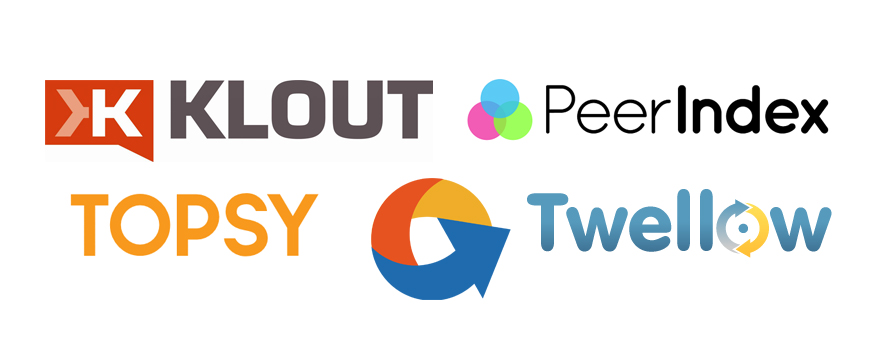
In a previous blog post, we discussed why it’s important to identify and target your influencers rather than do social media blasts to everyone who follows you. Here are some popular tools that you can test to help you reduce some of the work of identifying influencers.
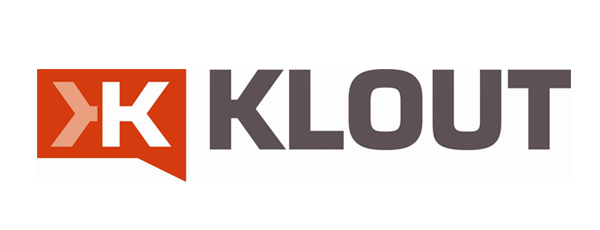
-
Klout
Tracks data from: Twitter, Facebook, LinkedIn, Foursquare.
What it tells you about an individualKlout’s signature is the “Klout Score”, which measures 35 different variables from your social media profile and activity, and comes up with the Klout score of a number between 1 – 100 (low to high), which rates your “overall online influence”.
Klout also measures:
- True Reach: This measures the size of your "engaged audience," the number of people who “react and listen” to your posts. This is a raw number, not a score.
- Network Score: Takes True Reach one step farther to assess the influence of your engaged audience’s circle of friends and followers.
- Amplification Probability Score: The probability that people will retweet or reply to one of your tweets, or comment/"like" you on Facebook.
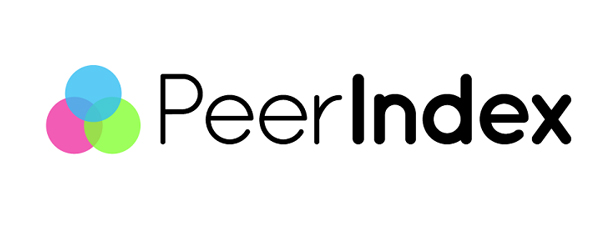
-
PeerIndex
Tracks data from: Twitter, Facebook, LinkedIn.
What it tells you about an individualPeerindex takes a different approach and places value on “web authority”, or participation in meaningful exchanges of information on the social web. A PeerIndex score reflects the impact of a user’s online participation rather than popularity, using eight topic benchmarks that are indicators of authority, so you can see the topics people where people have authority.
- Authority Score: This is calculated based on up to 8 benchmark topics where you have participation. This is a relative score comparing you to others in your network.
- Resonance Score: How well your opinions matter within a community. This score is also influenced by number of comments, likes, and retweets.
- Audience Score: The number of people who are receptive to what you say, not how many followers or readers you have. Receptive means they reply to or retweet or like your information.
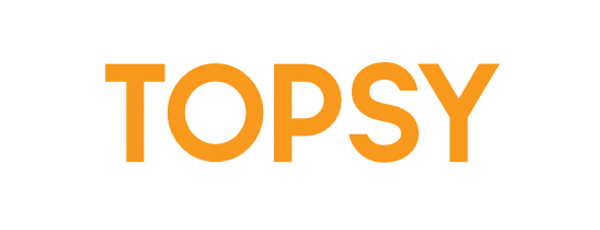
-
Topsy.com
This is a real-time search engine for the social networking world, meaning Facebook, Twitter, LinkedIn, blogs, and forums. Search results are ranked based on the number of tweets for each result. You can search by topic keywords or Twitter usernames. If you enter a username, Topsy will show you the volume of tweets from that user as well as the actual text of the tweets. Fast and easy to use.
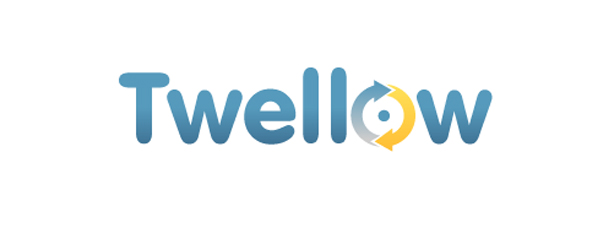
-
Twellow.com
This is like the Yellow Pages directory for Twitter. You can search by keyword, by location, by category, and by the “suggested users” that Twellow offers. You can also browse by categories, which are nicely organized by Twellow. Large categories break down into smaller ones – the “Entertainment” category for example, contains many sub-categories, and the “Comedians” sub-category shows 18,136 users. The location search allows you to narrow your search down to your city of choice.

-
Wefollow.com
Another tool for helping you find users, Wefollow is a directory for Twitter that lets you see the top twitters for your area of interest. It gives you a quick choice of looking up people based on popularity due to influence or due to number of followers. Users must add themselves to the directory by tweeting hashtags to @wefollow; Wefollow then adds and organizes based on those hashtags. For example, if you tweet #catlover, #booklover, and #olympics, you will show up in those three categories.
Which tool is best?
Before beginning, you need to consider your needs – are you targeting influencers on Twitter, Facebook, or blogs and forums? Each tool has its strengths in how it allows you to segment and drill down into data. We recommend using a mix of tools and definitely you should try out others not on this list. You will find that many tools guide you to forums where you can find influencers rather than the individual influencers. That task is still manual – as is the work of nurturing the relationships.


